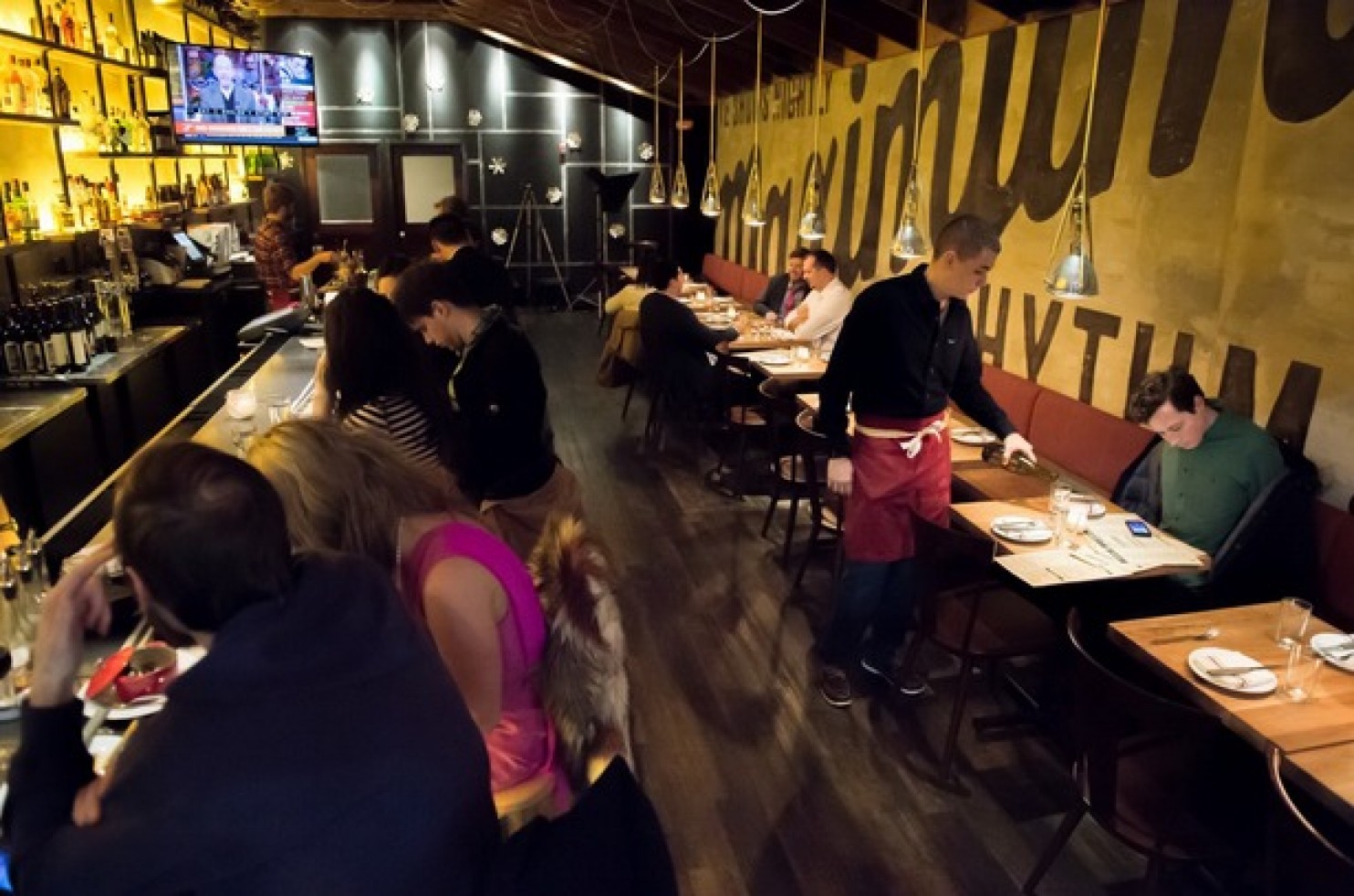The Washington Post • By Jonathan O'Connell
Last year, managers of Merrill Lynch’s Rockville location had to make a decision about whether to move their offices as the end of the company’s lease approached.
Vacancy in the area was on the rise, creating a renter’s market. Owners of outer Montgomery County office parks like theirs were struggling to retain tenants and dramatically dropping prices. They could probably negotiate a favorable lease to stay put.
But Merrill Lynch had another option that wouldn’t have been available a few years prior: new offices being built nearby at the Pike & Rose development. Unlike Merrill Lynch’s location at the time, Pike & Rose offered a slice of urbanity, featuring an emerging grid of streets lined with restaurants, shops and apartments, all withing walking distance of a Metro station and near Rockville Pike.
Merrill Lynch went with Pike & Rose, despite paying what some experts said was 40 percent more per square foot than it would have if it had stayed put.
The premium that companies and apartment renters have begun paying to move to walkable places with restaurants and public transit has developers and investors from as far away as China scouring the Washington landscape for spots to build their own mini cities akin to Pike & Rose or the Mosaic District in Fairfax County.
The next one may be in Shady Grove. On Thursday last week a small Bethesda firm partnered with Chinese investors on the $50 million purchase of seven older office buildings along Shady Grove Road in Rockville that the companies envision as the next mini city in suburban Washington.
Larry Goodwin, managing principal of 1788 Holdings, founded the company after working at Goldman Sachs and says he “likes to be associated with differentiated product” — meaning high-end work. The holding company has built some of Montgomery County’s priciest new condos, including the Estate Condominiums at Quarry Springs and the Lauren Residences in Bethesda.
In Shady Grove, 1788 is acquiring property that at the moment is far less exclusive. Along with Chinese-backed Lantian Development, which has local offices in Bethesda, the two companies are acquiring the type of lower-grade office buildings that have not fared well in recent years as the vacancy rate in North Bethesda and Rockville soared.
The portfolio they are buying consists of nearly 450,000 square feet of space in seven buildings along Choke Cherry Road, Gaither Road and Shady Grove Road.
For decades as Interstate 270 expanded, the buildings performed just fine with occupancy well above 90 percent, said Goodwin.
But that’s no longer the path to success around the Capital Beltway. Like much that has been developed in Shady Grove, the properties represent something that companies like Merrill Lynch are fleeing: an isolated suburban location surrounded by traffic. The offices are bunched together with nothing to do around them. Shops are sprawled along major roads. Homes are off cloistered in other areas altogether.
“You really don’t have any live-work-play projects in that area,” Goodwin said. “There’s just not a lot of mix of uses.”
In Shady Grove, Goodwin said there was an opportunity to create a neighborhood so much more attractive than its surroundings that it can suck up all the nearby companies, apartment renters and condo buyers.
He took particular note of Merrill Lynch’s decision. In announcing the company’s move, Carol Nevins, director of the Maryland region for Merrill Lynch Wealth Management issued, a statement saying the company was “thrilled to consolidate and relocate our regional offices to the vibrant mixed-use environment of Pike & Rose.”
“Located just steps from the White Flint Metro, Pike & Rose will offer our clients and employees an exciting, convenient and amenity-rich environment that sets a new standard for Montgomery County,” she said.
The plans still require approval by the City of Rockville but Goodwin is already talking about trying to attract a high-end grocer and smaller foodie spots akin to those in the District’s Union Market.
His idea calls for initially tearing down the two buildings at 2 and 4 Choke Cherry Lane, which have nearly emptied, and building 900,000 square feet of new offices mixed with shopping, apartments and probably condos as well.
“You win every tie no matter what the use is when you’ve got a mixed-use environment,” he said.
When the project is completed, according to Brian McLaughlin, chief executive of Lantian Development, in a press release, "it will be pedestrian-friendly, encourage audience interaction and engagement, and establish a sense of place for the local community."
That’s a lot of real estate buzzwords, but 1788 and Lantian are following a path that has so far proven lucrative. Federal Realty Investment Trust, the Rockville-based company behind Pike & Rose, owns 90 shopping centers around the country but has made that project one of a handful aimed at becoming a mini city.
South Carolina-based Edens, which built both the Mosaic District and Union Market, landed $1.5 billion from investors in 2013, including $718 million from private equity giant Blackstone Group. About a quarter of the property it owns is in the Washington area and it has just begun its latest mini city venture in Alexandria, where it is trying to overhaul a shopping center that had been anchored by a dated Giant grocery store.
As the march of the mini cities continues, not all of the grandiose visions are likely to succeed. There is considerable risk, time and cost associated with demolishing existing buildings and re-working them as something completely different.
Goodwin thinks the jury is still out on a lot of the mixed-use plans in Tysons Corner, particularly given how successful Reston Town Center has been in creating a lively urban environment.
“My hunch is that after all of this Reston will continue to outperform Tysons in many ways,” he said.



